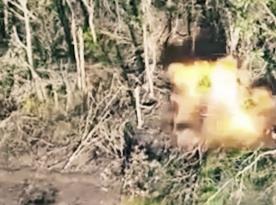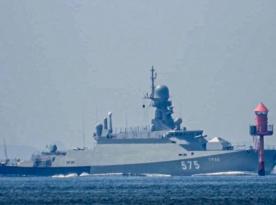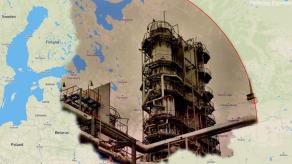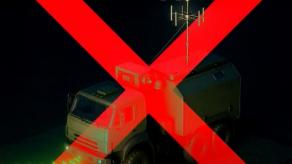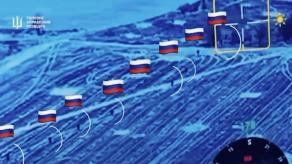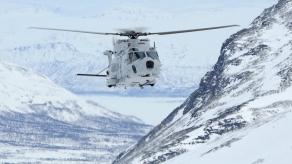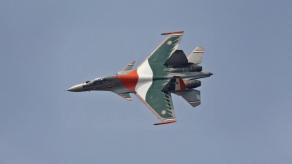Artillerymen of the russian army have published an interesting photo, showing three 122-mm artillery shells they use, originating from Iran, North Korea, and russia, respectively.
Notably, the markings on the projectiles have not been altered or hidden, indicating that the Iranian and russian shells are newly manufactured, while the North Korean shell appears to be quite old.
Read more: Dissatisfied With Quality and Quantity of North Korean Artillery Shells, russians Complain
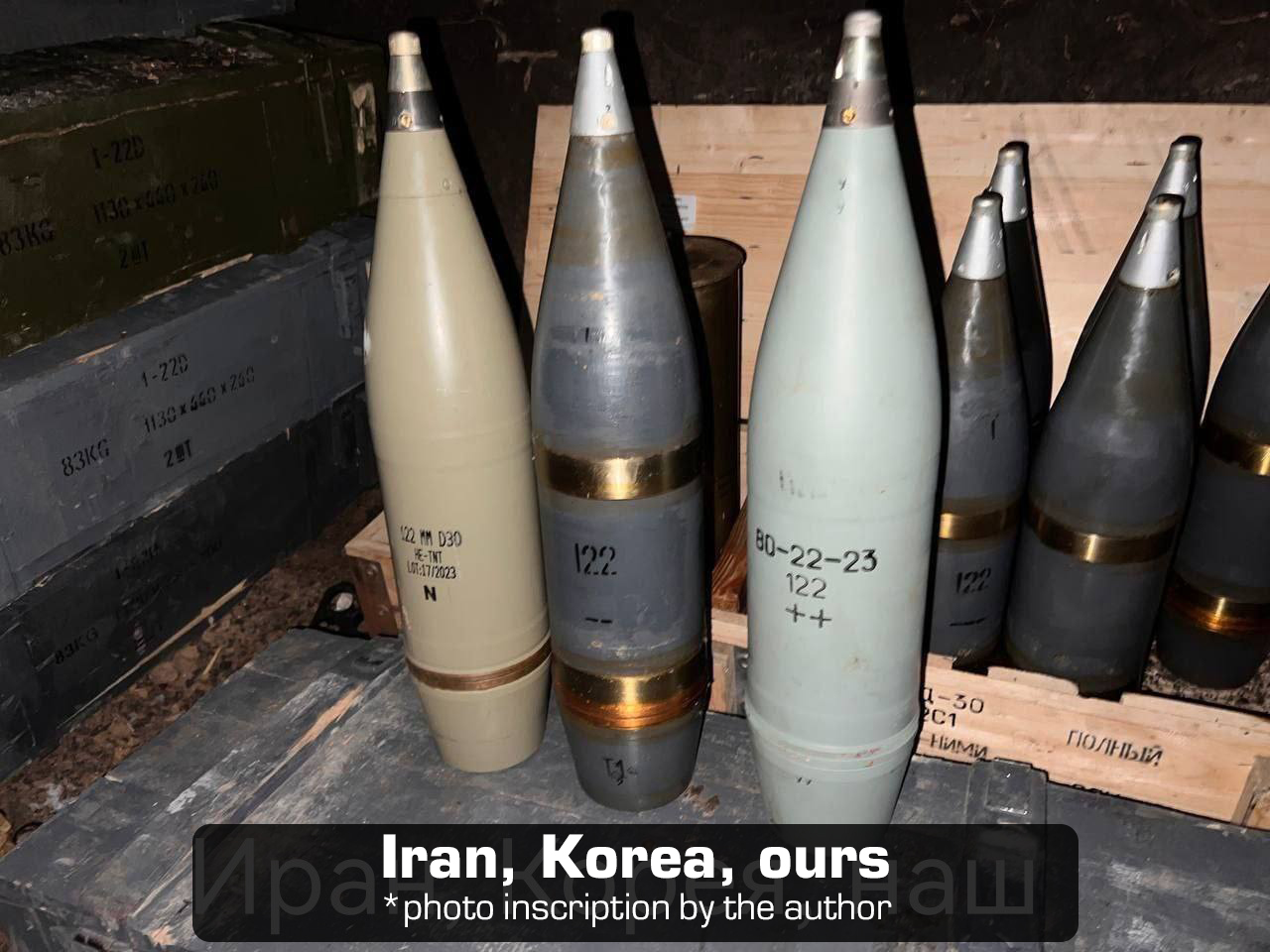
The Iranian projectile, marked as manufactured in 2023, suggests that it came with the 17th batch of the year, most likely in the last quarter, and arrived on the battlefield straight from the production line. The russian-made shell indicates a similar fresh origin, also crafted in 2023, with the 22nd batch.
However, the North Korean projectile appears to be older, showing signs of rust underneath the freshly applied layer of paint. Its specific year of manufacture is not marked.
The differences in production technology and geometric dimensions among the three shells are evident. Note that in the russian army, only the D-30 towed and 2S1 Gvozdika self-propelled howitzers use 122mm artillery rounds to fire.
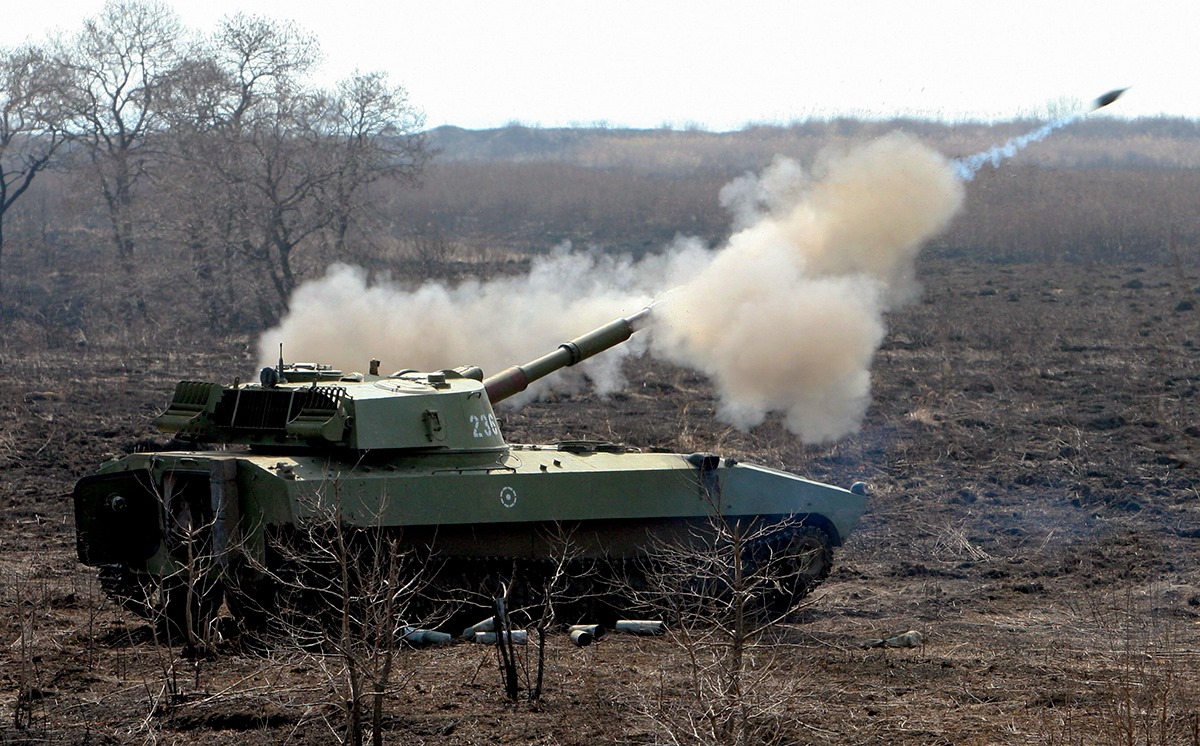
Ukraine's intelligence bureau of the Ministry of Defense estimates that russia managed to ramp up its own production of 122mm and 152mm artillery shells up to a combined 2 million a year. Still, these rates are not enough to satisfy the need for ammunition on the Ukrainian frontlines, therefore russia is dependent on another 500,000 munitions supplied from foreign countries.
Vadym Skibitskyi, the representative of the Defense Intelligence of Ukraine, stated his bureau knows how these shells appeared in russia, which bases kept them prior to sending the rounds to the front, and which way they reached the destination.
Read more: 462,000 russian Troops in Ukraine: How Much it is in Divisions, Vehicles, Equipment





